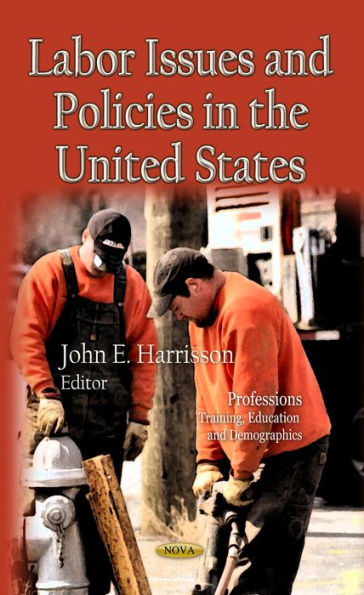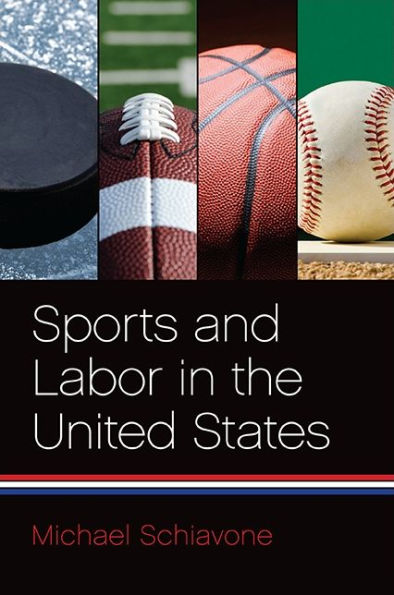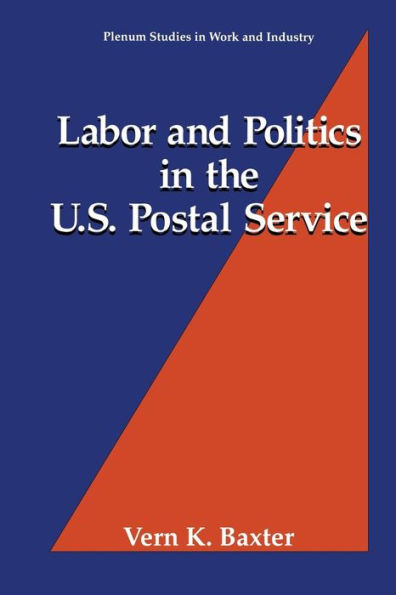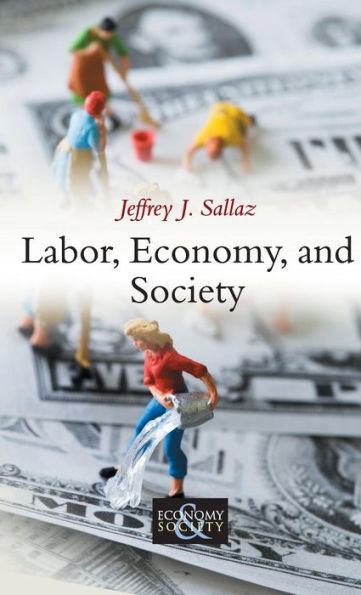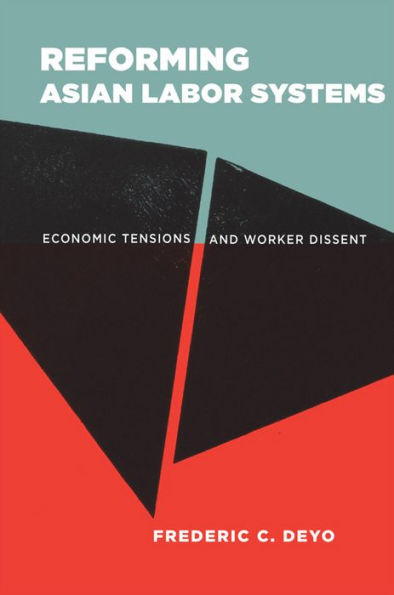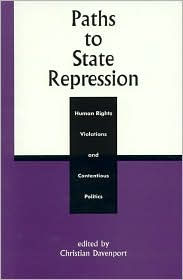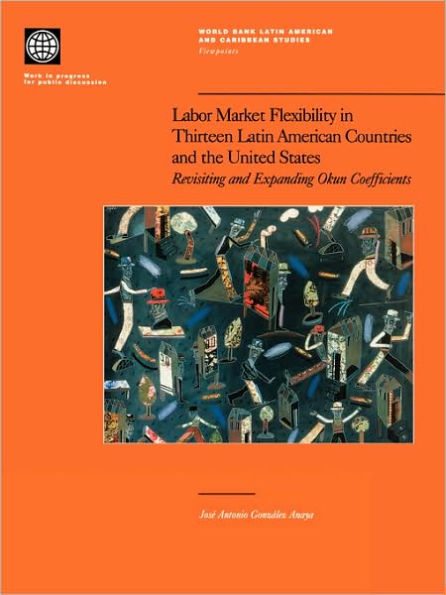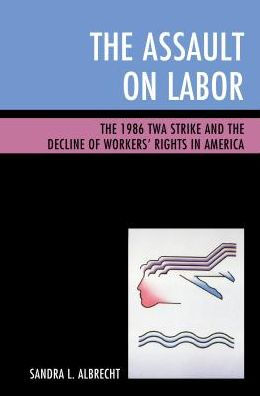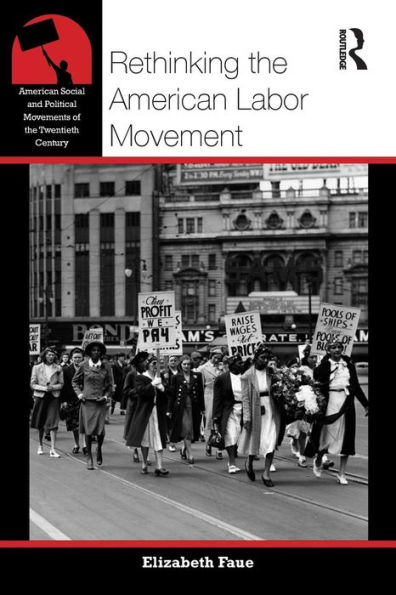Home
Political Economy of Labor Repression the United States
Barnes and Noble
Political Economy of Labor Repression the United States
Current price: $154.00


Barnes and Noble
Political Economy of Labor Repression the United States
Current price: $154.00
Size: Hardcover
Loading Inventory...
*Product information may vary - to confirm product availability, pricing, shipping and return information please contact Barnes and Noble
This book presents a detailed explanation of the essential elements that characterize capital labor relations and the resulting social conflict that leads to repression of labor. It links repression to the class struggle between capital and labor. The starting point involves an historical approach used to explore labor repression after the American Revolution. What follows is an examination of the role of government along with the growth of American capitalism to analyze capital-labor conflict. Subsequent chapters trace US history during the 19th century to discuss the question of the role assumed by the inclusion/exclusion of capital and labor in political-economic structures, which in turn lead to repression. Wholesale exclusion of labor from a fundamental role in framing policy in these institutions was crucial in understanding the unfolding of labor repression. Repression emerges amid a social struggle to acquire and maintain control over policy-making bodies, which pits the few against the many. In response, labor attempts to push back against institutional exclusion in part by the formation of labor unions. Capital reacts to such actions using repression to prevent labor from having a greater role in social institutions. For instance, this is played out inside the workplace as capital and labor engage in a political struggle over the function of the workplace. Given capital’s monopoly of ownership, capital employs various means to repress labor at work, including the introduction of technology, mass firings, crushing strikes, and the use of force to break up unions. The role of the state is not to be overlooked in its support of elite control over production, as well as aiding through legal means the growth of a capitalist economy in opposition to labor’s conception of greater economic democracy. This book explains how and why labor continues to confront repression in the 20th and 21st centuries.
